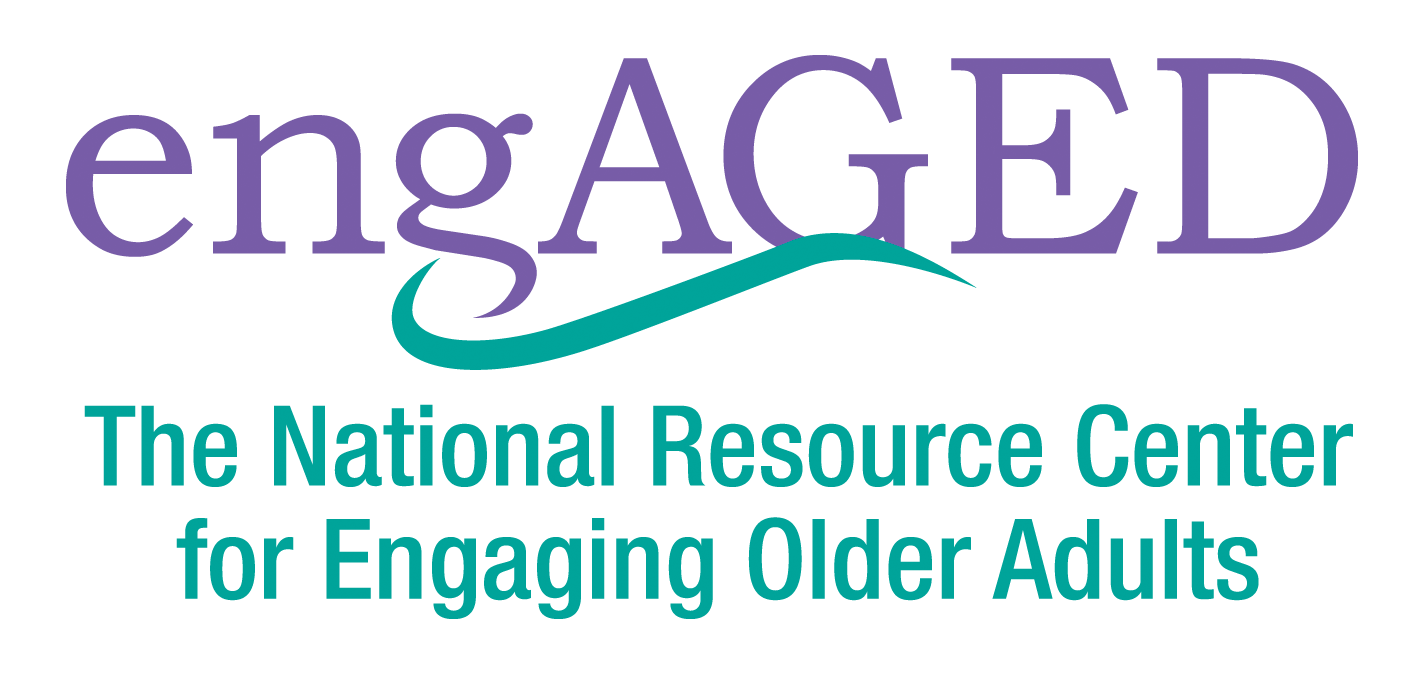Addressing Social Isolation in Rural and Tribal Communities: Takeaways from the November engAGED Webinar
A lack of social connection can have a profound effect on our health and well-being. This is especially true for older adults and elders living in rural areas and tribal communities. To shed light on ways community-based organizations have worked to encourage social engagement, our November webinar provided tips, strategies and examples on ways the Aging Network has successfully addressed social isolation in rural and tribal communities.
Reaching Older Adults in Rural Communities
While those living in rural communities report less social isolation than those living in urban areas, rural residents are more likely to express that they feel socially excluded or left out[i] and face more structural barriers in maintaining connections than those living in urban areas. During the webinar, the UMaine Center on Aging shared that limited transportation infrastructure and access, lack of broadband and internet access, and a self-sufficient and stoic culture are just some of the factors that contribute to social isolation among rural residents, according to the UMaine Center on Aging.
Trusted informal networks of family, friends and neighbors can serve as allies and word-of-mouth referrers to connect older adults to engagement opportunities such as lifelong learning, volunteering and civic engagement, caregiving and employment.
Addressing Social Isolation in a Rural Community
When the staff at the Jefferson Area Board for Aging (JABA) began reimagining their programs and services at the onset of the COVID-19 pandemic, they focused on how they could maintain connection, reduce isolation and redefine community. Staff created the At Home with JABA program (featured on the engAGED Innovations Hub) to bring JABA Community Senior Center activities into the homes of consumers. To reach older adults no matter their comfort level with technology or access to the internet, At Home with JABA includes telephone and Zoom options and mails activity packets to participants each month.
Staff and partners support the development and delivery of At Home with JABA programs, which include bingo, exercise classes, trivia games, educational presentations, and other offerings that promote physical, mental and brain health. With 74 percent of participants never having used Zoom before, At Home with JABA also offers training and support on how to use Zoom and other technologies. The activity packets, which include crossword puzzles, drawings, recipes and craft ideas, are a favorite for the 55 percent of program participants who do not have internet access or those who may have more difficulty participating in the conference calls.
Addressing Social Isolation in a Tribal Community
When the Wyandotte Nation Title VI Aging Program quickly pivoted programming in response to the COVID-19 pandemic to keep elders safe, its staff worried about social isolation of the community’s elders. To mitigate this concern, staff developed an option that could provide socialization for elders may not be able to access the internet and offer an avenue for elders to stay connected to one another and the larger community during the pandemic. Working with several other Title VI Native American Aging Programs, an Area Agency on Aging, a local hospice and a home health agency, the Car Bingo program was created.
A big parking lot, volunteers, a PA system and bingo supplies were the main items needed to start the program. Staff and volunteers help participants park their cars six feet apart and distribute bingo cards and tickets in Ziploc bags. As part of the program, car decorating contests take place along with surprises like ice cream trucks and musical guests. When someone has bingo, they honk their horn and wave their hand through their car window. After the conclusion of each event, participants drop their bingo supplies off in a box where they are sanitized so they can be used the next time the game is played.
Tips for Aging Services Professionals
The UMaine Center on Aging offered the following tips for aging services professionals working to address social isolation:
Remember that while isolation and loneliness are different, they both negatively impact health.
Recognize that social connection programs do not need to be costly. Low-tech interventions that involve indigenous local communities can be effective.
Encourage consumers to become digitally literate but use technology as a supplement only. Technology should not be a substitute for traditional methods of social connection.
Tap into local strengths and culture when developing programming to ensure success.
Learn More
To learn more about ways your organization can address social isolation in rural and tribal communities, listen to the webinar recording and view the webinar slides.
[i] https://www.ruralhealthinfo.org/rural-monitor/social-isolation-research/
